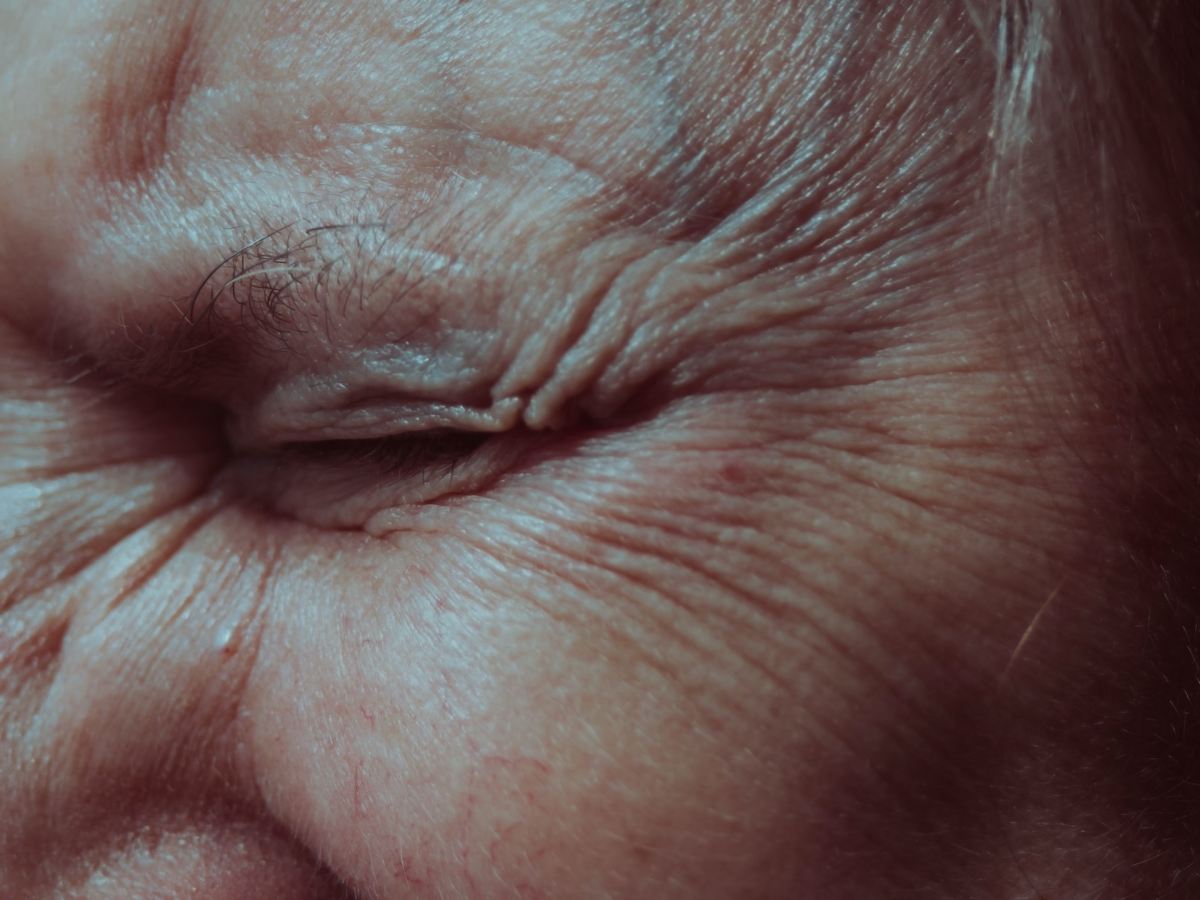Isn’t that a fabulous phrase?
It comes from a 2020 journal article called The wrinkling of time: Ageing, inflammation, oxidative stress, and the circadian clock in neurodegeneration.
The article discusses the impact of ageing on the circadian rhythm. Having a healthy circadian rhythm ensures that our body functions properly over the 24 hour daily cycle. If the circadian rhythm goes awry, then the mind and body also are metaphorically wobbly. Sleep is badly affected, the immune system goes haywire leading to increased inflammation in the body and brain. Life is made more difficult and the risk of dementia increases.
It seems that as we age, our circadian rhythm becomes wrinkly. The mere process of maturing itself can wobble the 24 hour clock that then leads to degeneration of the brain cells. Yet another miserable thing that comes with ageing. Mind you, it’s better than the alternative.
There is a reason for this article being included in the blog.
Photobiomodulation can improve wrinkly circadian rhythms, even in people with dementia. I’ve worked with people whose 24-clock was off-kilter; they were wide awake at night, bright eyed and bushy-tailed, ready for adventure while the rest of the household was – or wanted to be – fast asleep.
Red and near infrared lights do help reboot the circadian rhythm and bring it back closer to normality. The effects can be seen soon after starting twice-daily lights. The person sleeps better, has more energy and is far less distressed and anxious about life. Family members can now sleep properly at night, so everyone wins.
Read the article:
Click here to download the original article.
Lananna BV, Musiek ES, The wrinkling of time: Ageing, inflammation, oxidative stress, and the circadian clock in neurodegeneration. Neurobiology of Diseases, Vol 139, June 2020.
Thanks to Anita Jankovic on Unsplash for the wonderful photo.

